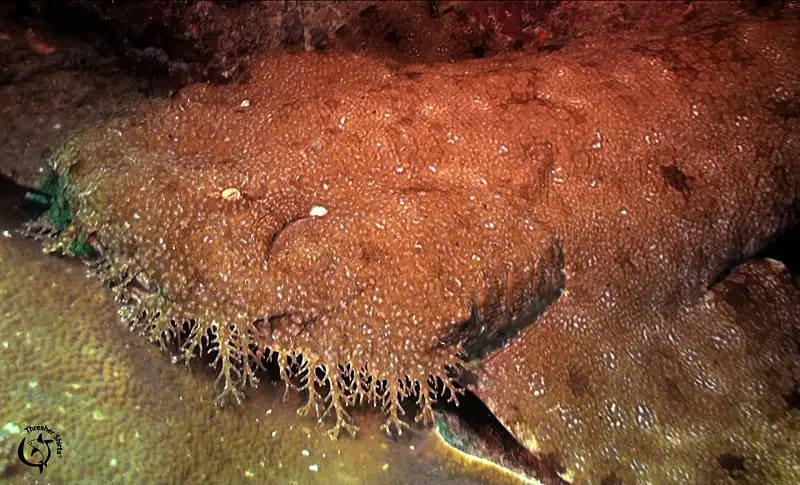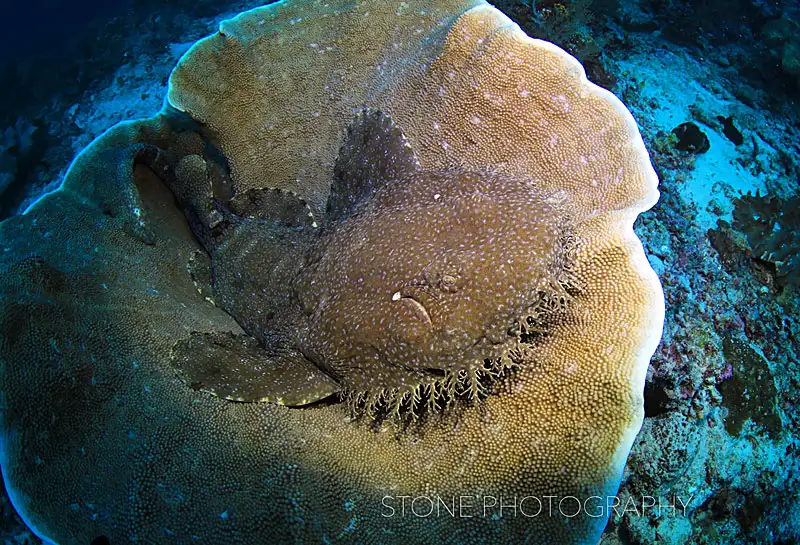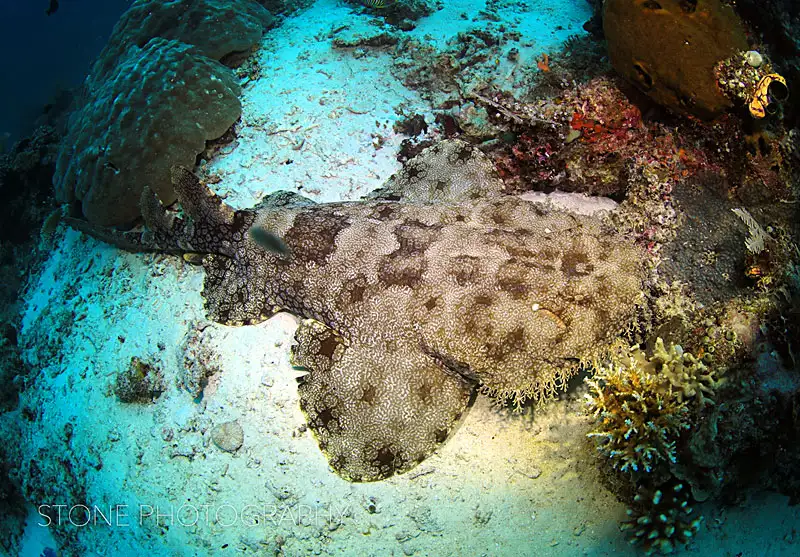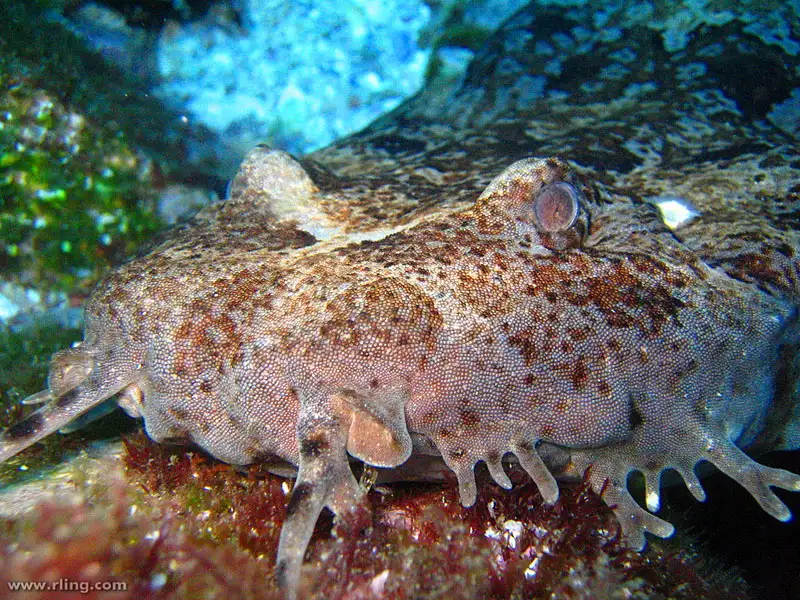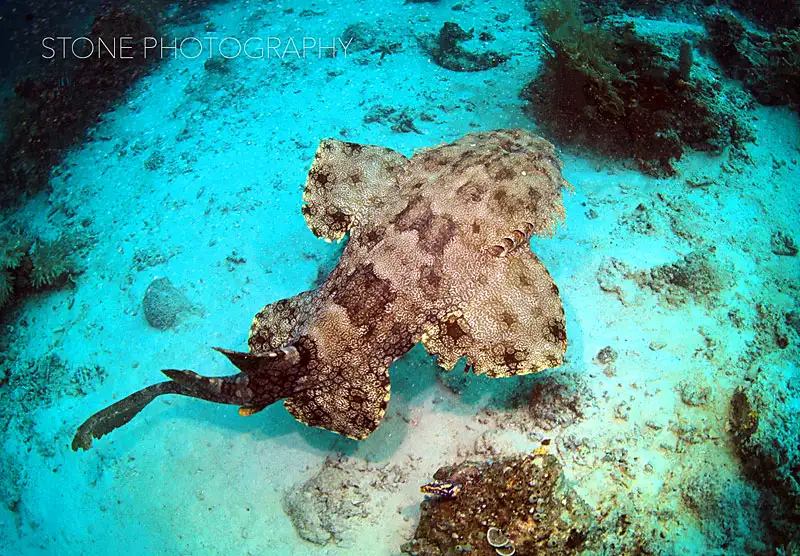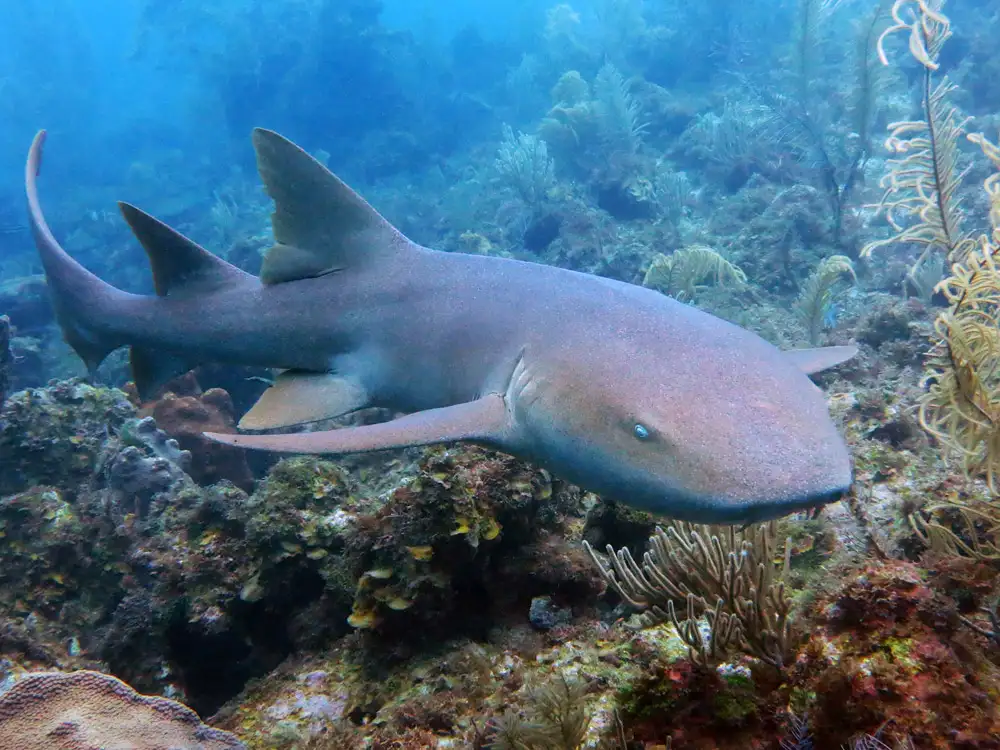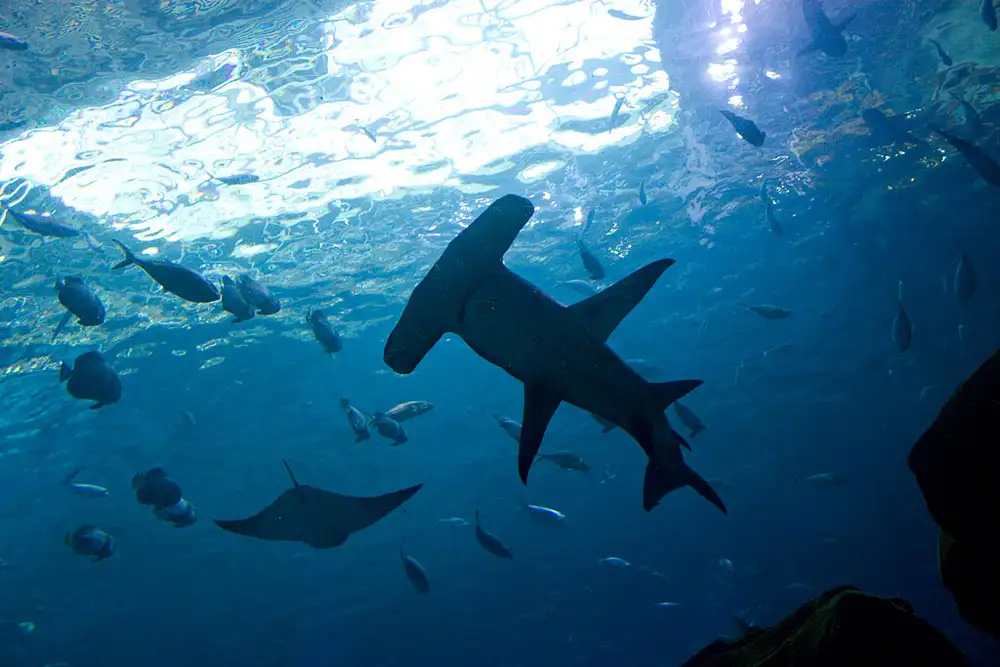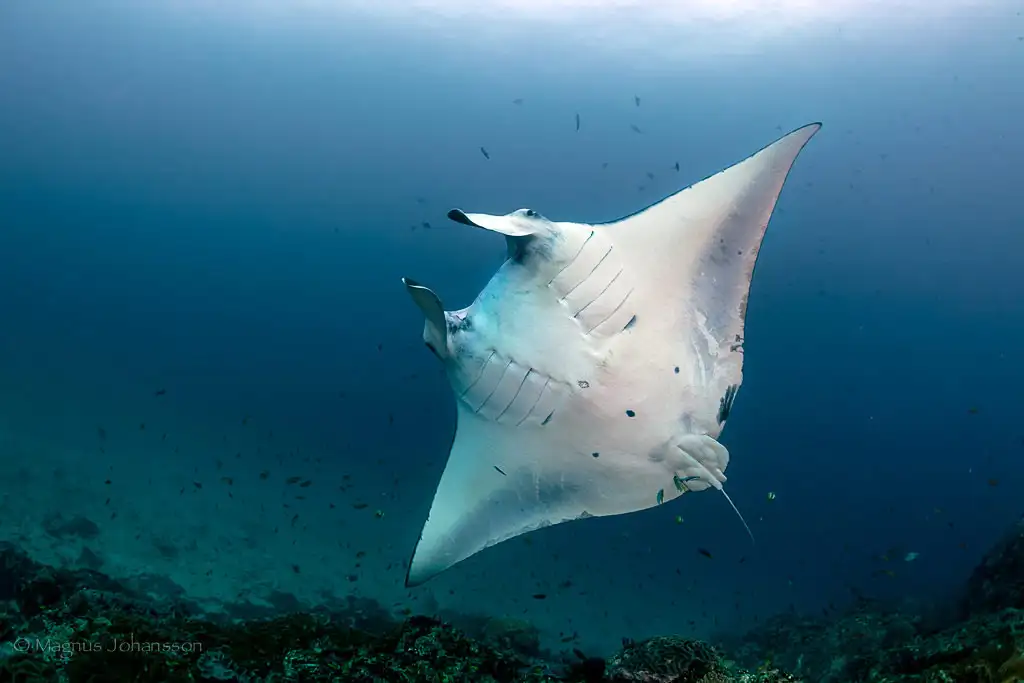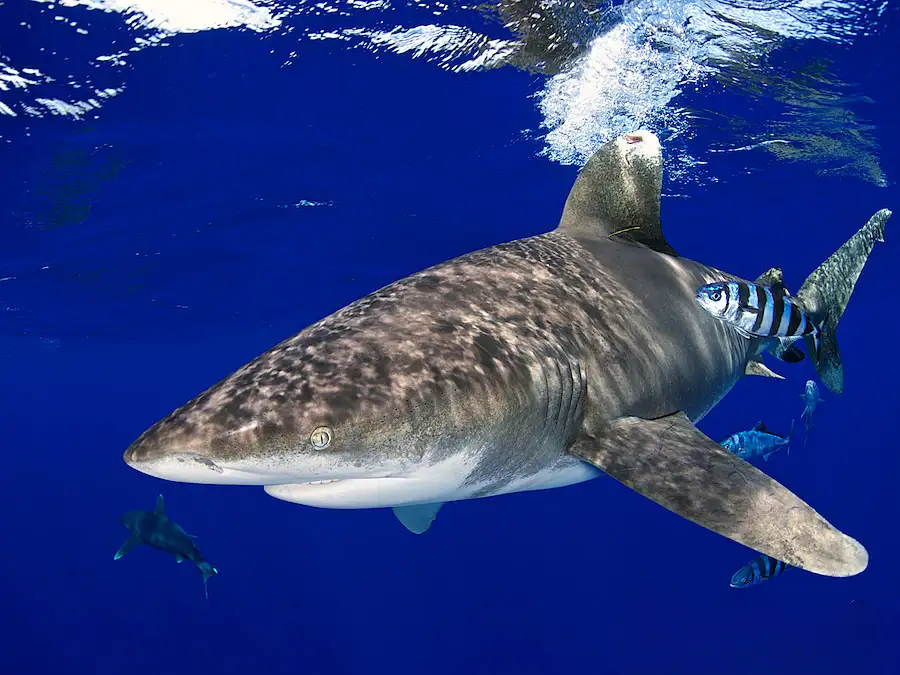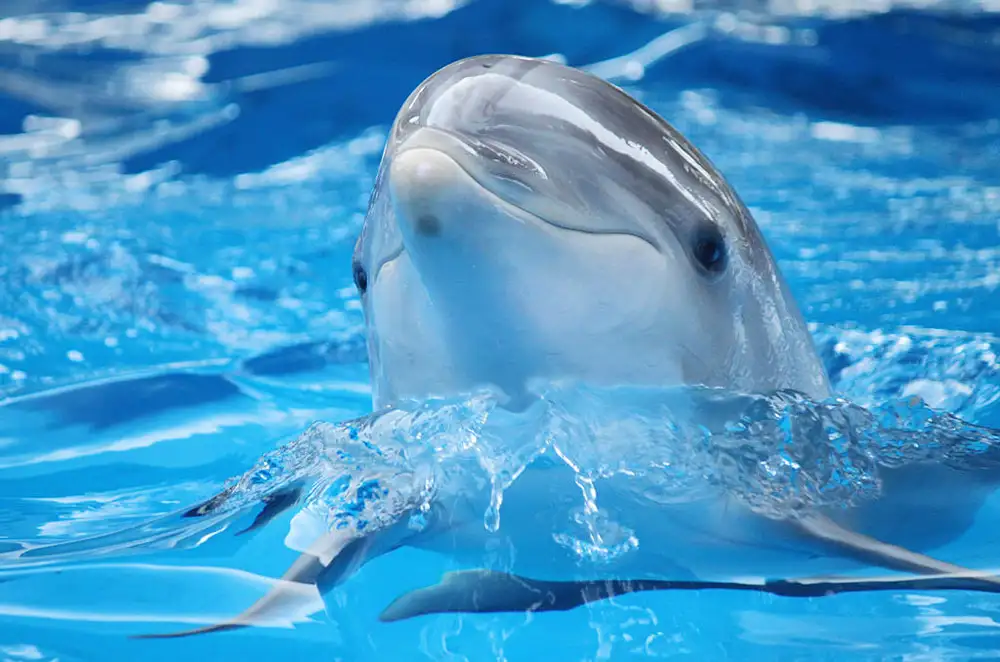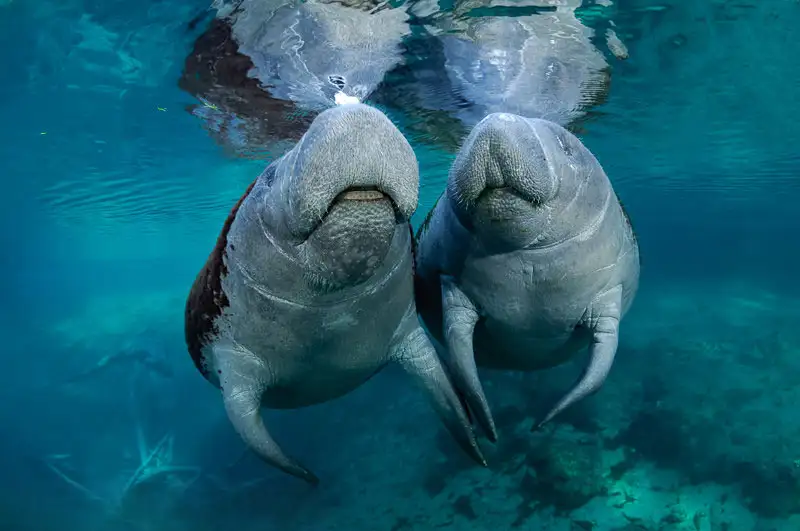Carpet Shark
IUCN
Not evaluatedBasic Information
Scientific classification
- name:Carpet Shark
- Scientific Name:Orectolobidae (family)
- Outline:Large Fish
- Family:Orectolobidae Orectolobus
Vital signs
- length:c. 0.8–3.2 m (species‑dependent)
- Weight:Several to tens of kilograms
- lifetime:Estimated 15–25 years (varies)
Feature
Benthos ambush predators; carpet camouflage; oral barbels; mostly ovoviviparous; nocturnal.
Distribution and Habitat
Shallow reefs/rocky platforms and seagrass/seaweed beds—temperate to tropical; chiefly W Pacific & Australia.
Appearance
Flattened broad head; subterminal mouth with lobes/barbels; complex brown‑yellow‑grey pattern; two spineless dorsals.
Details
Orectolobidae—the wobbegong family within the order Orectolobiformes—comprises bottom‑dwelling ambush predators noted for intricate carpet‑like camouflage and oral barbels. Representative genera include Orectolobus, Eucrossorhinus and Sutorectus. Many species are nocturnal, remaining motionless by day and hunting at night.
Ecology & Reproduction
Feeds on reef fishes, crustaceans and cephalopods. Most species are ovoviviparous (aplacental viviparous), with litter size varying among taxa. Habitats span temperate to tropical reefs, rocky platforms and seagrass/seaweed beds, mostly in shallow coastal waters.
Identification
Flattened body with broad head; subterminal mouth framed by dermal lobes and barbels; complex brown‑yellow‑grey mottling with saddles and spots; two spineless dorsal fins; elongated upper caudal lobe. Distinct from whale sharks and nurse‑sharks which are other orectolobiform families.
Distribution
Diversity peaks around Australia and the western Pacific, extending into the eastern Indian Ocean and parts of the NW Pacific and island arcs.
Human Interactions & Conservation
Fisheries: bycatch in gillnets/longlines; limited local take.
Diving tourism & bites: superb camouflage can prompt defensive bites when stepped on or closely approached.
Habitat stressors: reef degradation, coastal development, pollution.
Priorities: spatio‑temporal protection of key reef habitats and breeding seasons, gear modifications/closures in nursery areas, and public education to avoid handling/stepping.
FAQ
Q1. Relation to other “carpet sharks”? Orectolobidae is one family within Orectolobiformes, alongside Rhincodontidae (whale shark) and others.
Q2. Dangerous to people? Generally reclusive; defensive bites occur when disturbed at close range—keep distance and avoid contact.
Q3. Key ID features? Oral barbels/dermal lobes, flattened camouflaged body, two spineless dorsal fins, bottom‑resting habit.
Q4. Conservation status? This is a family overview—Not evaluated as a whole; IUCN categories vary across species.

